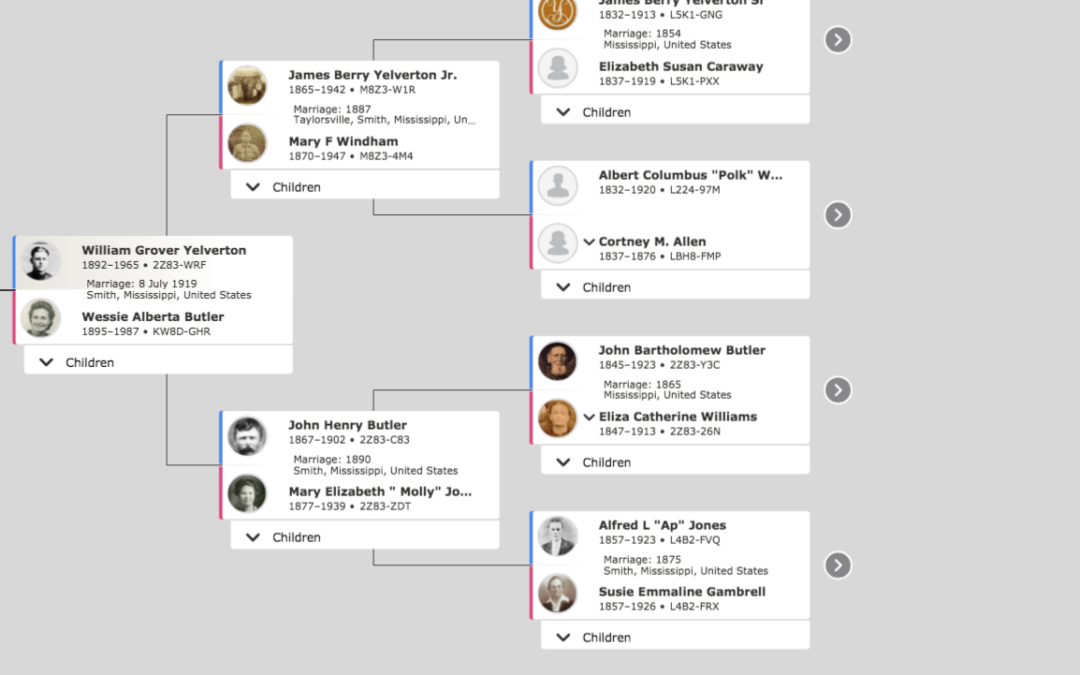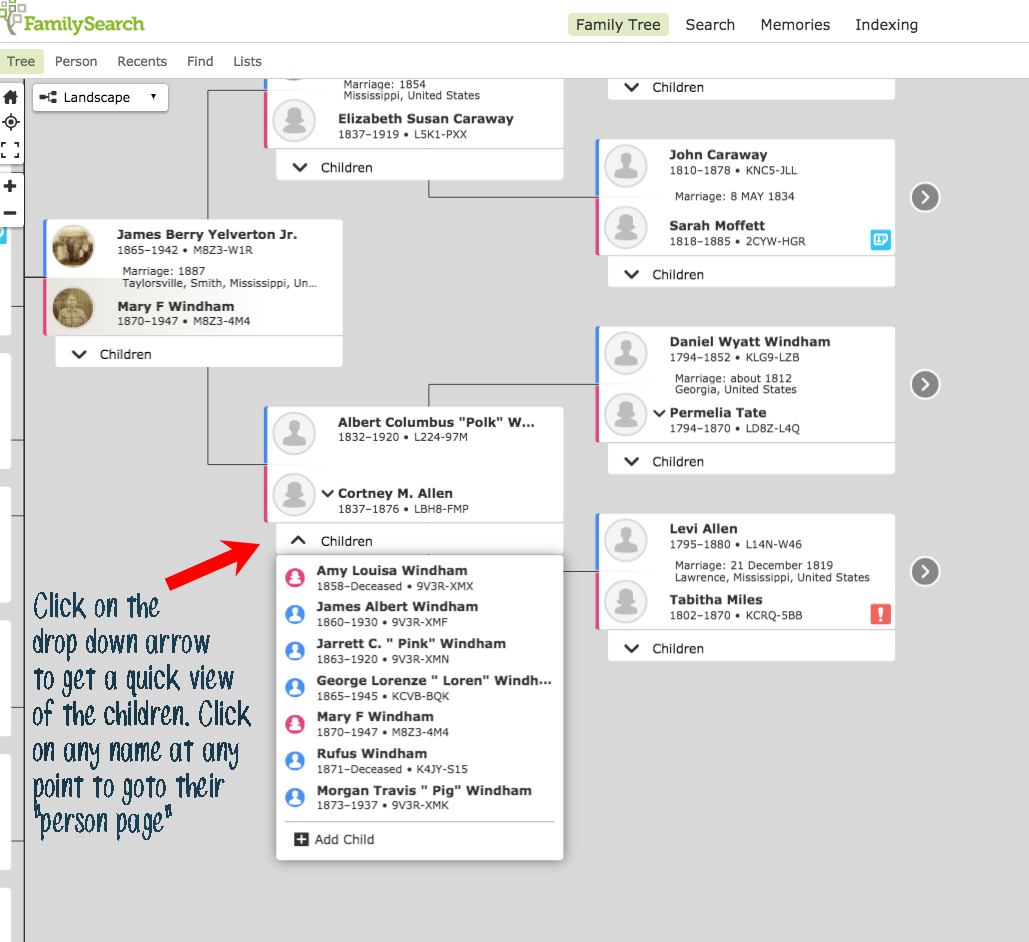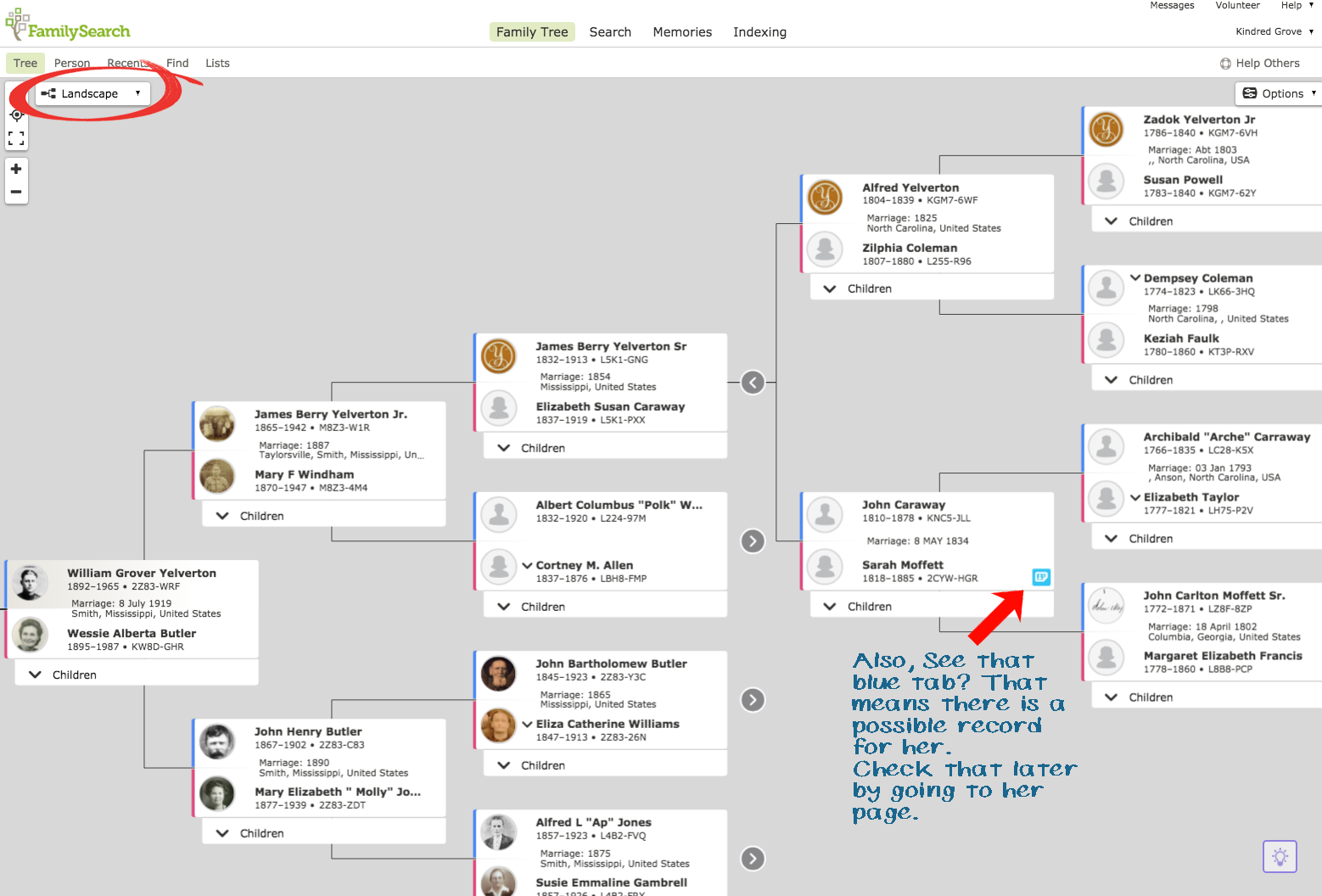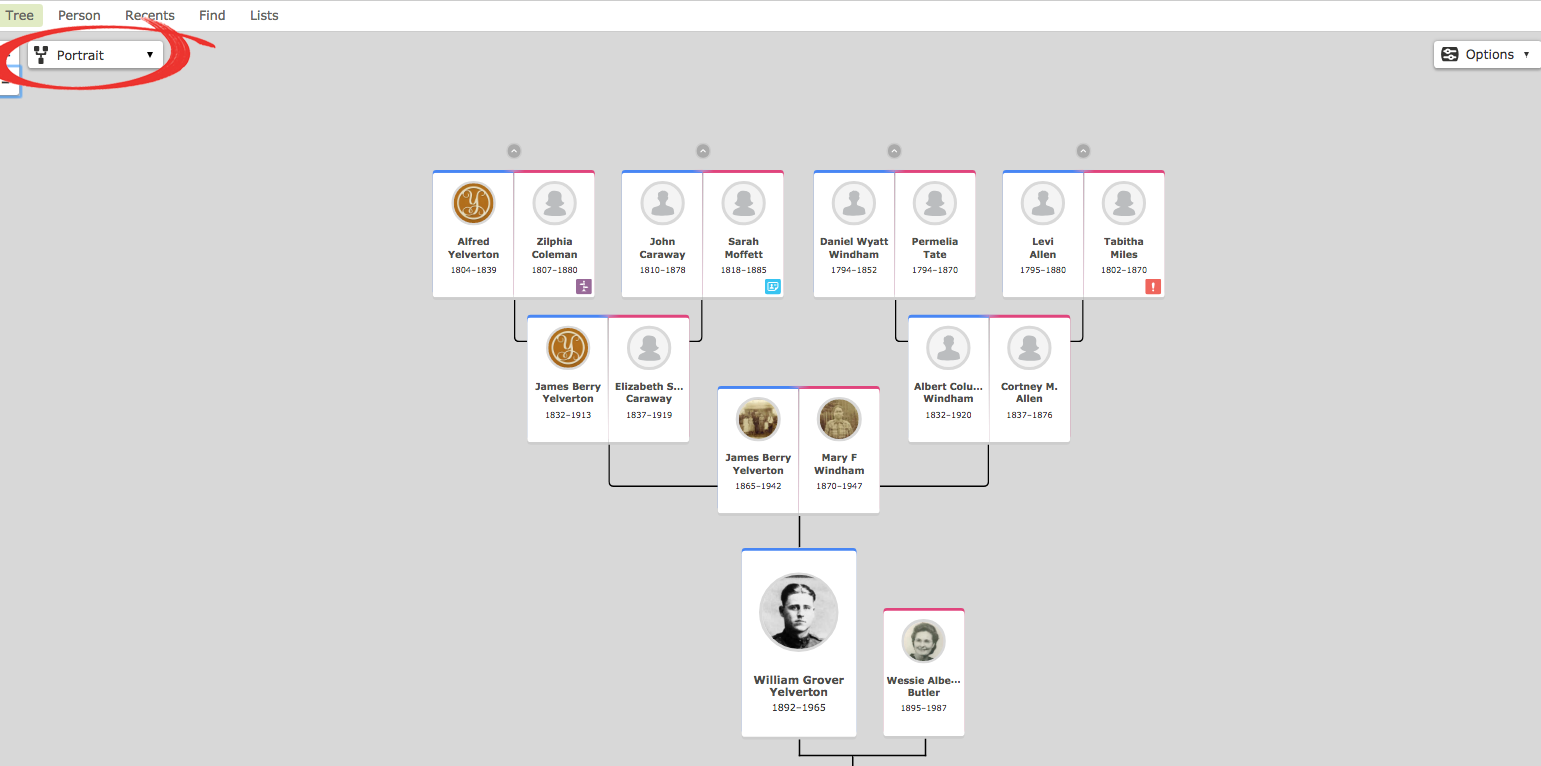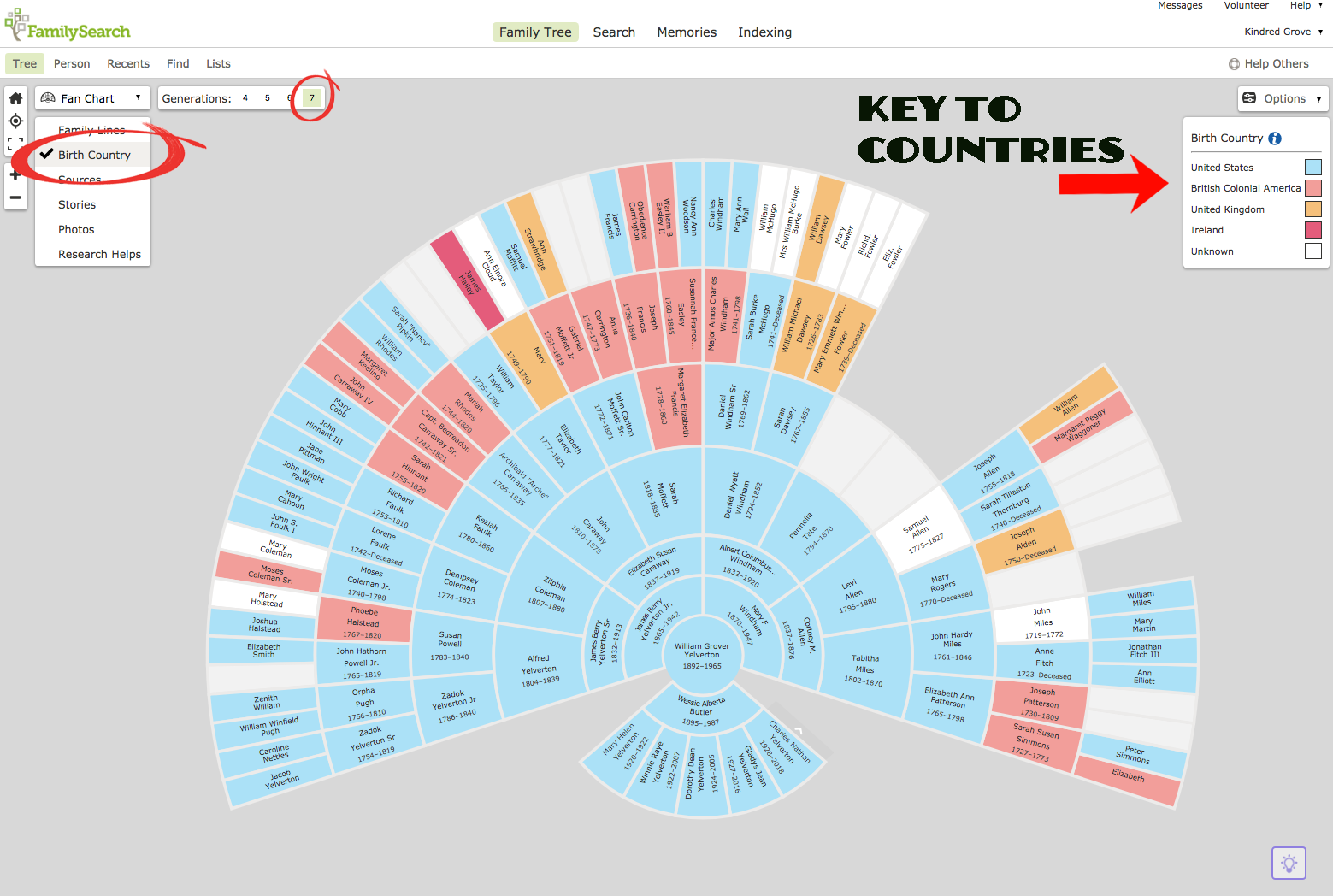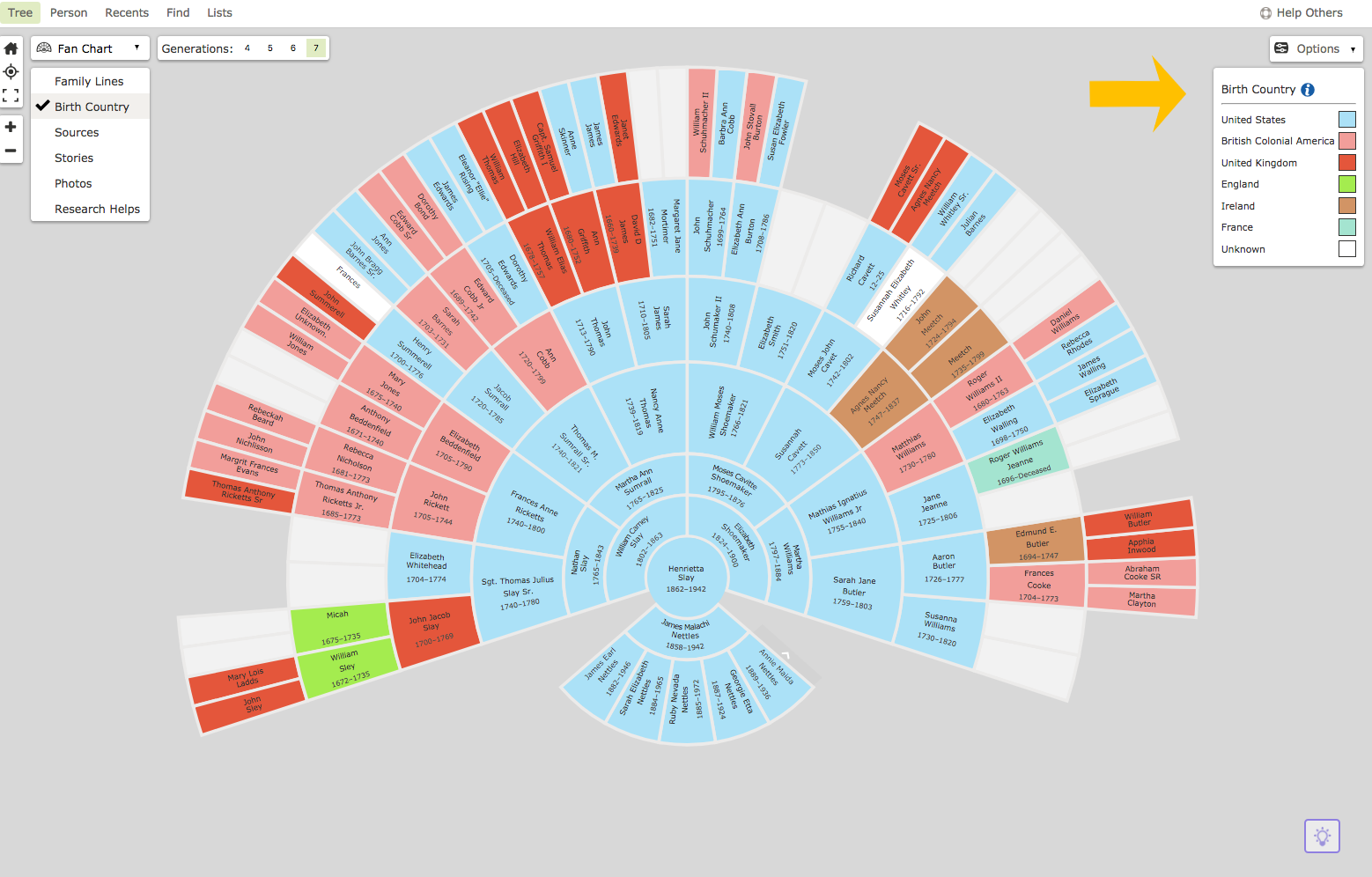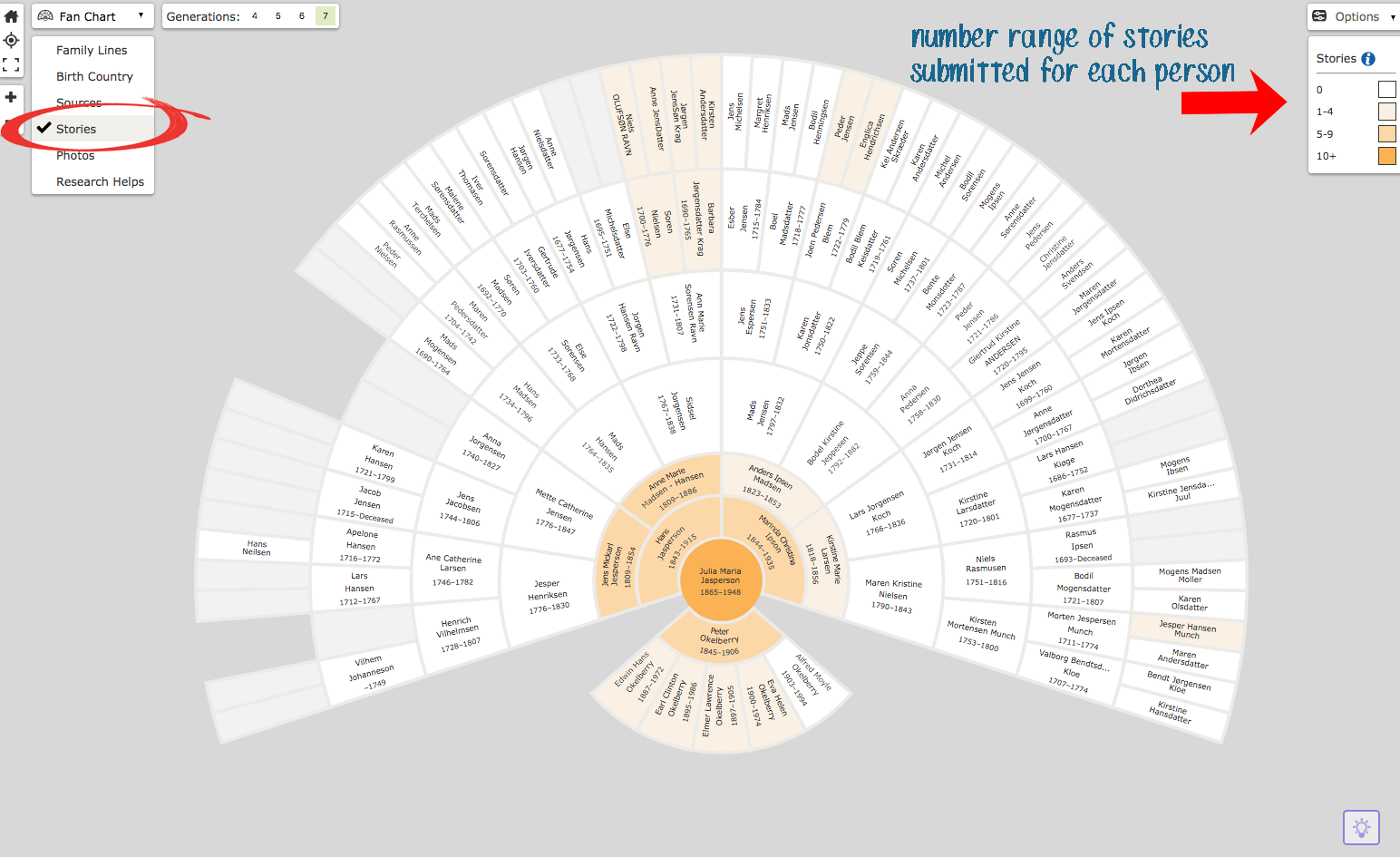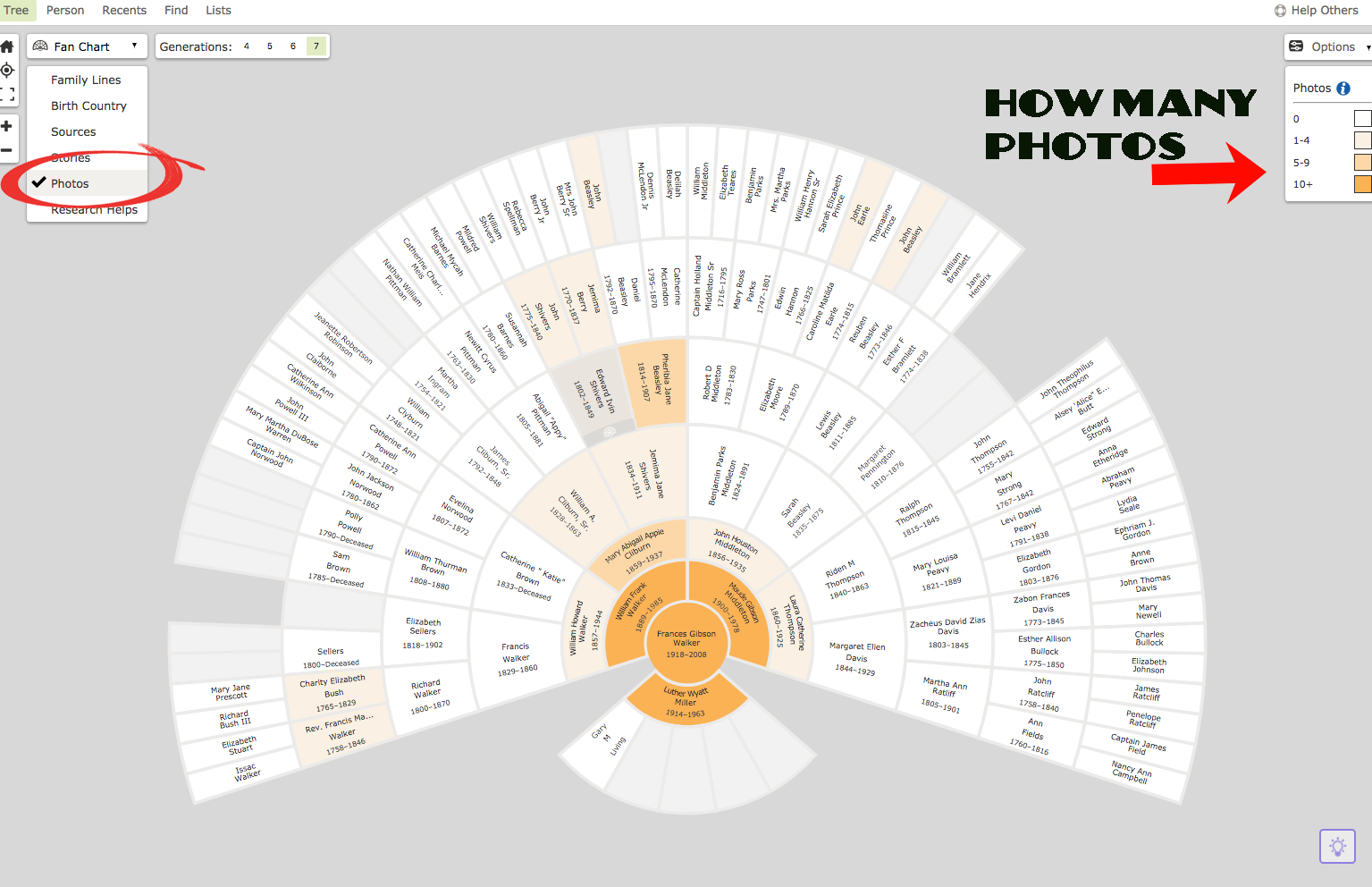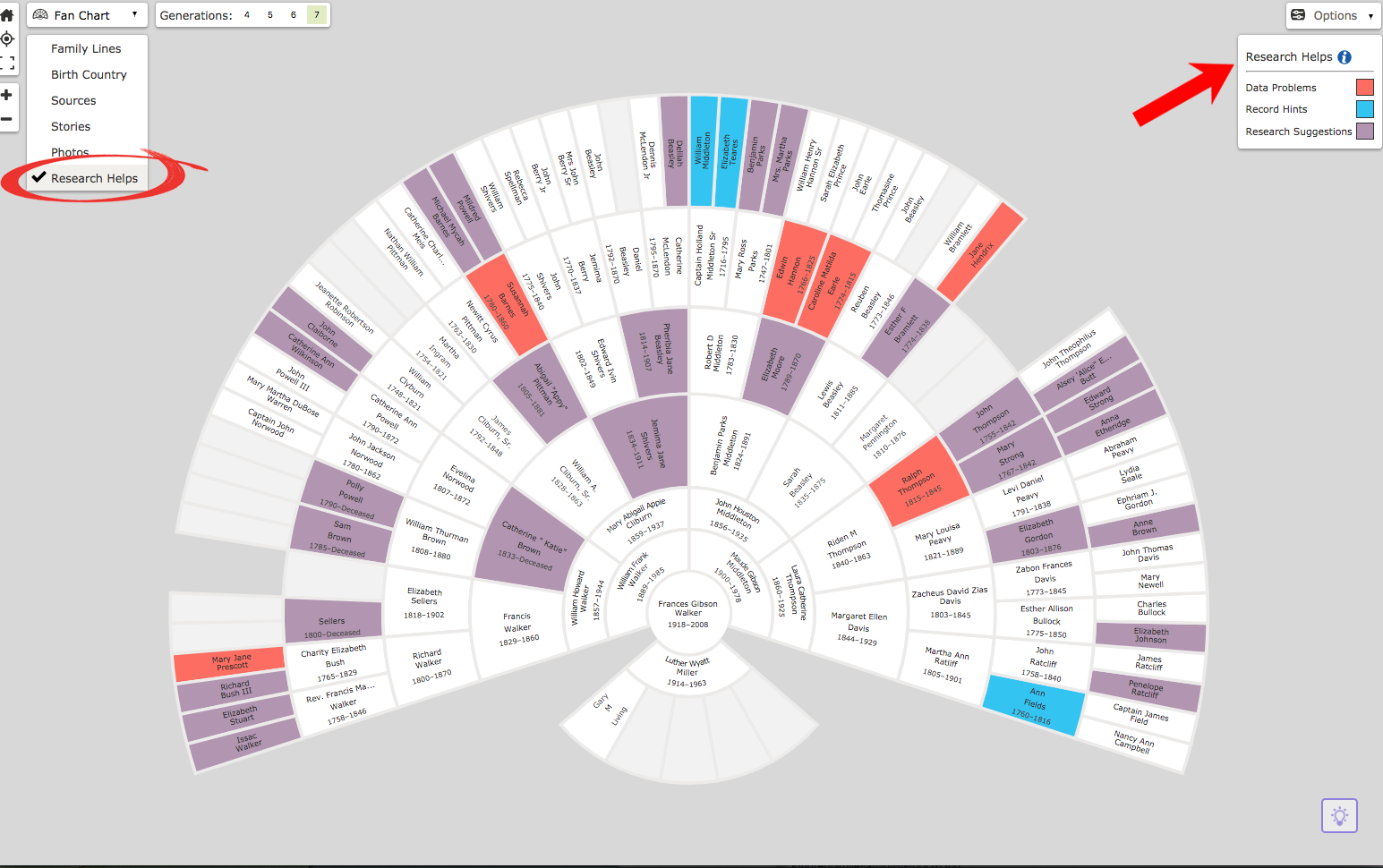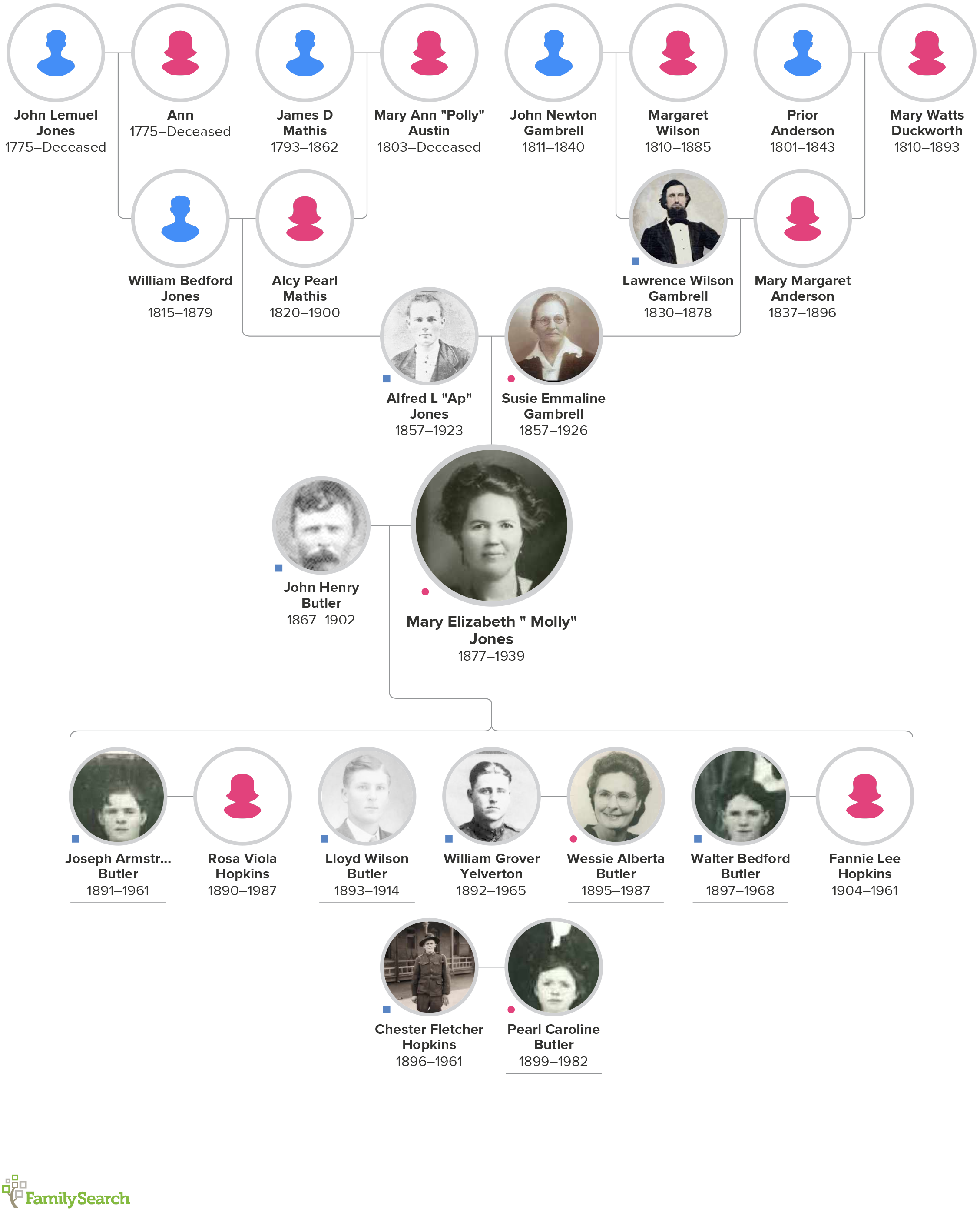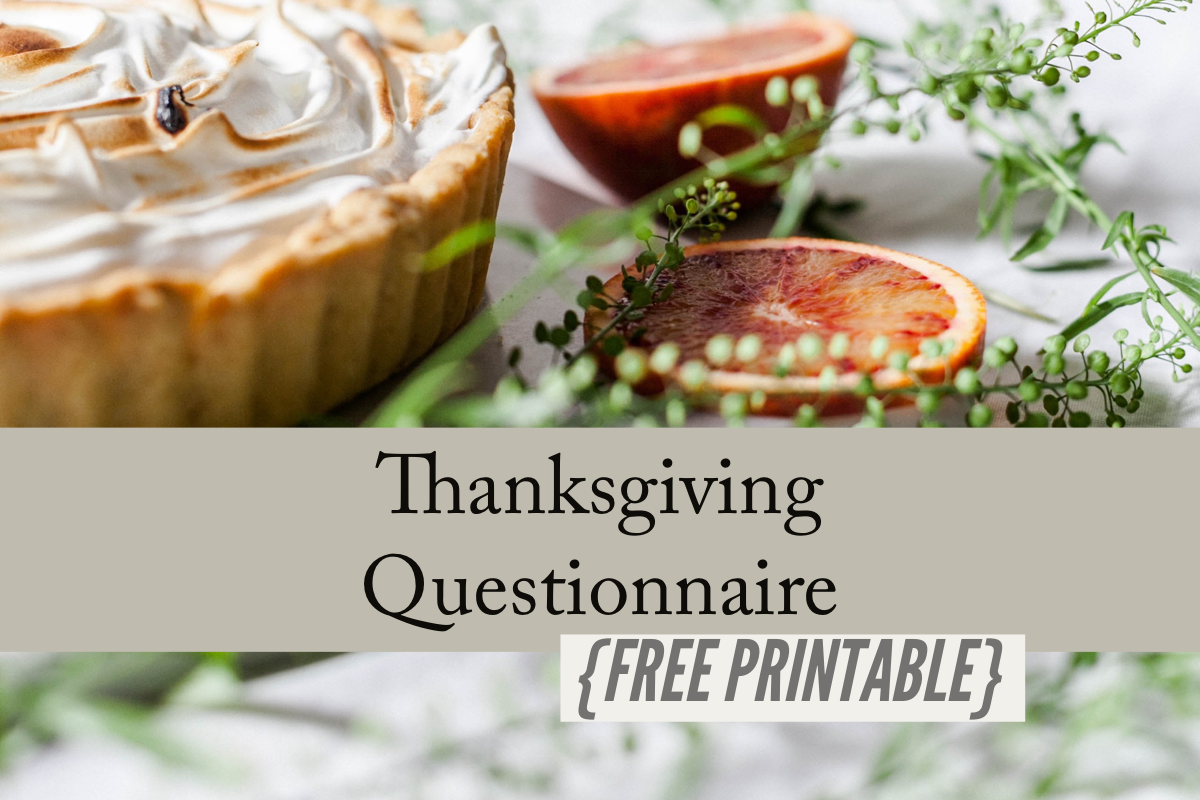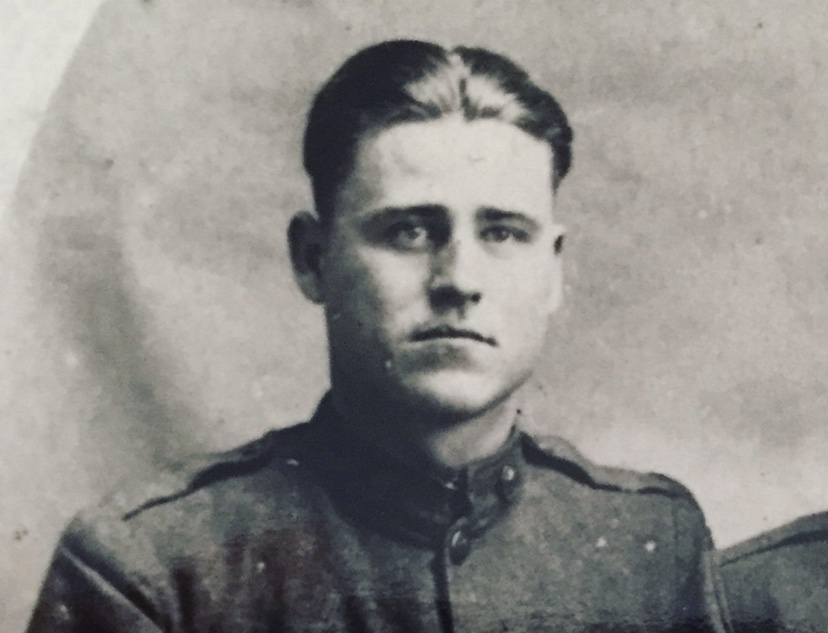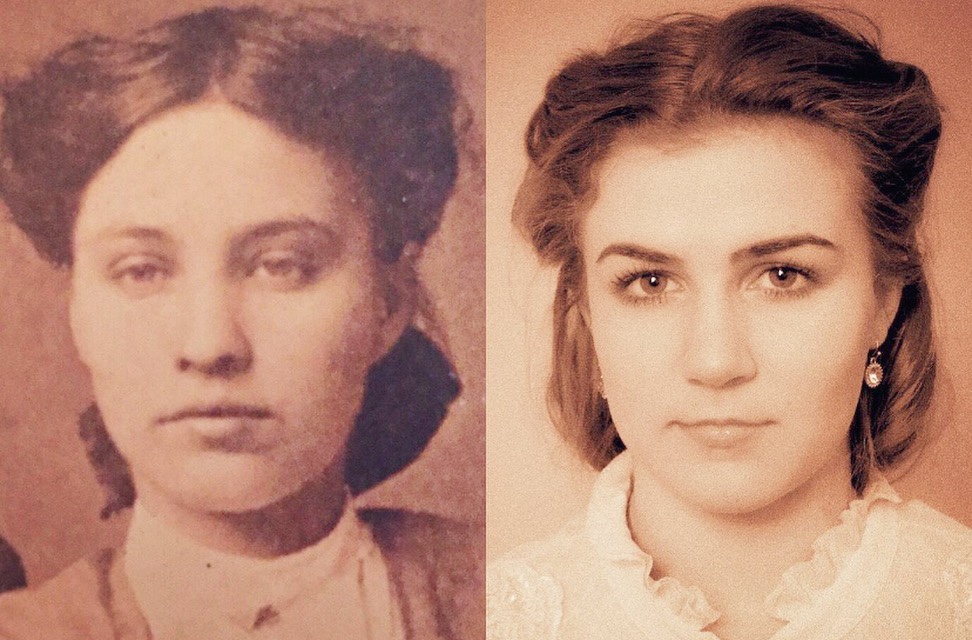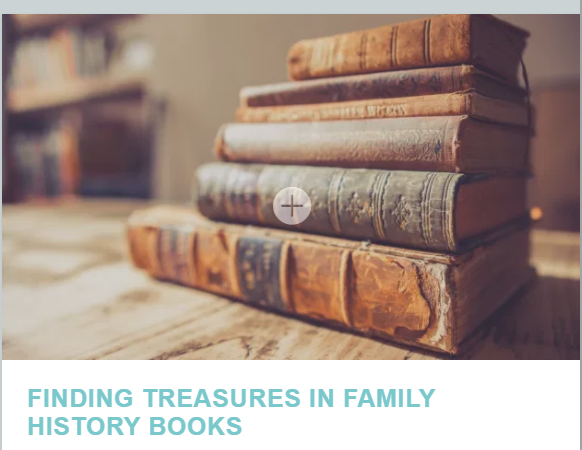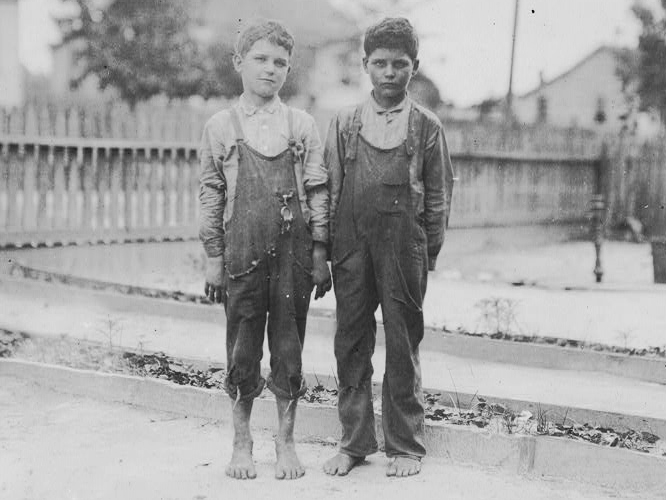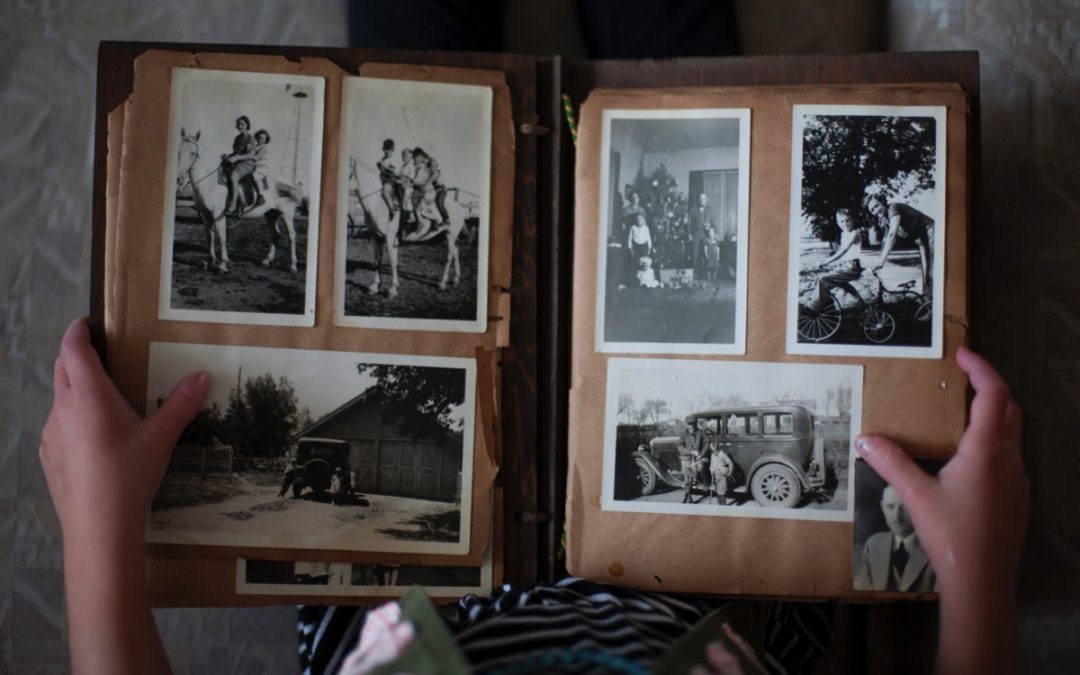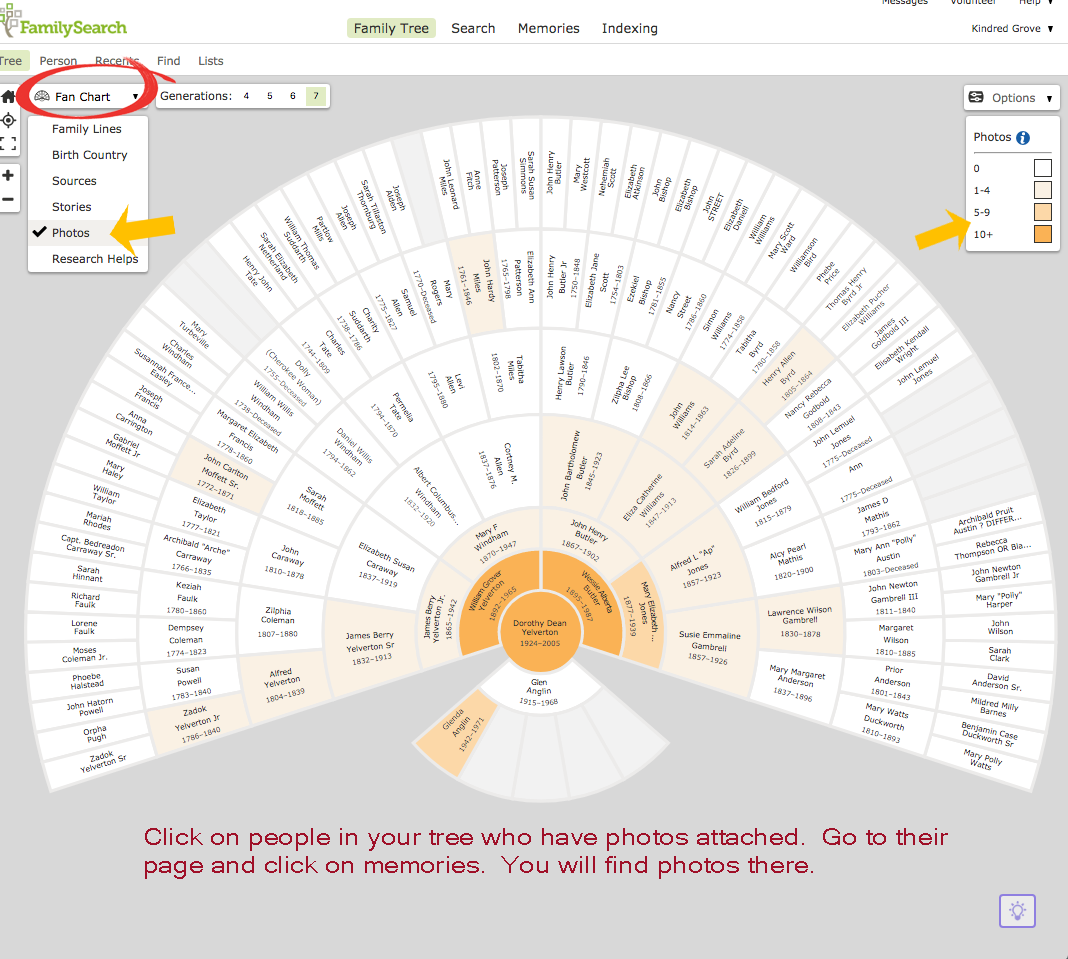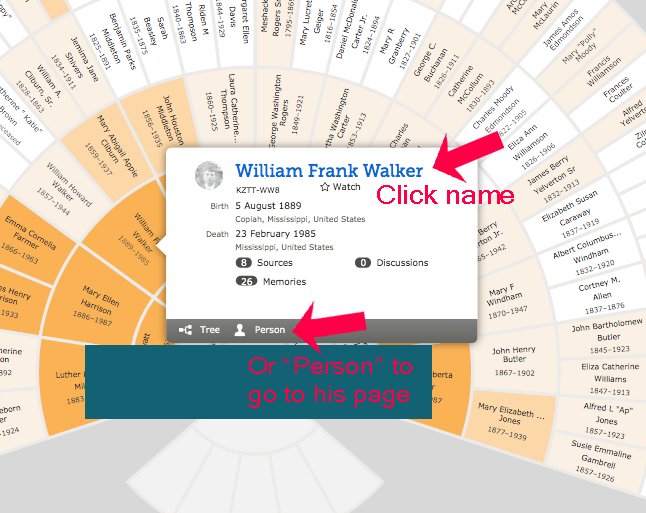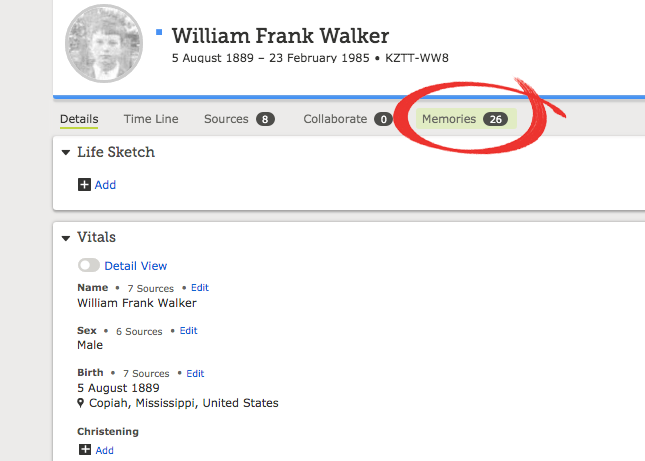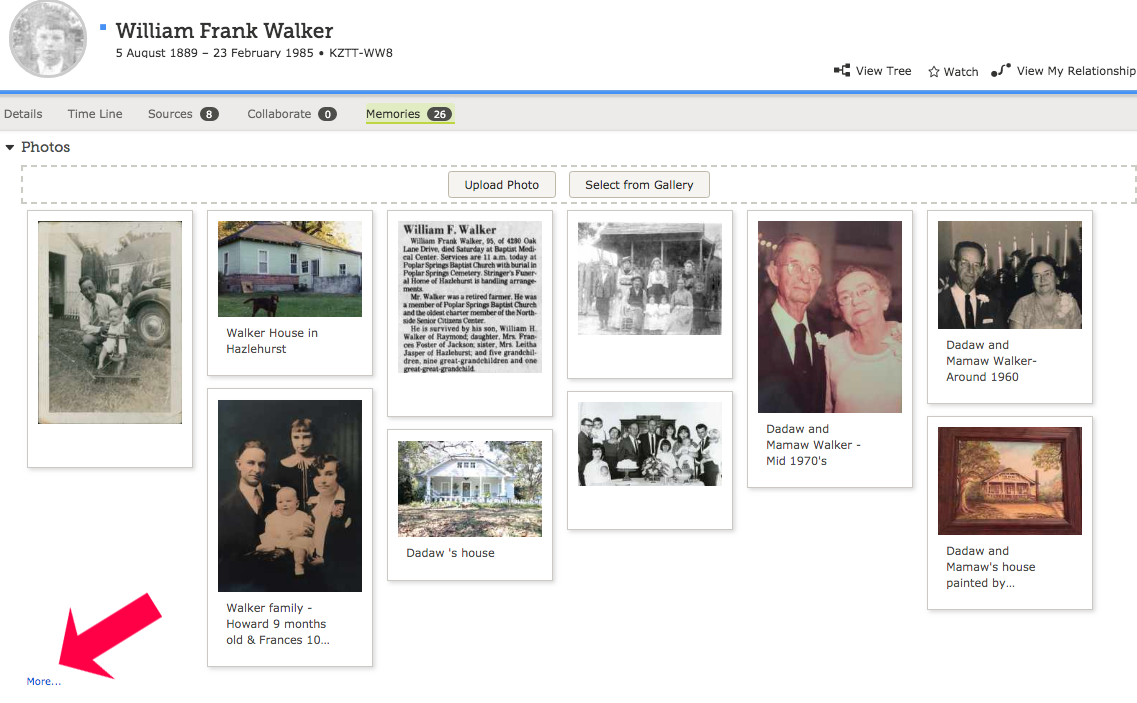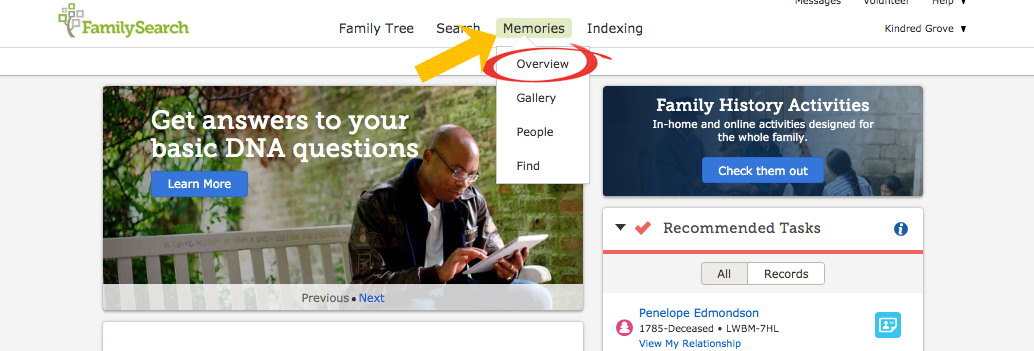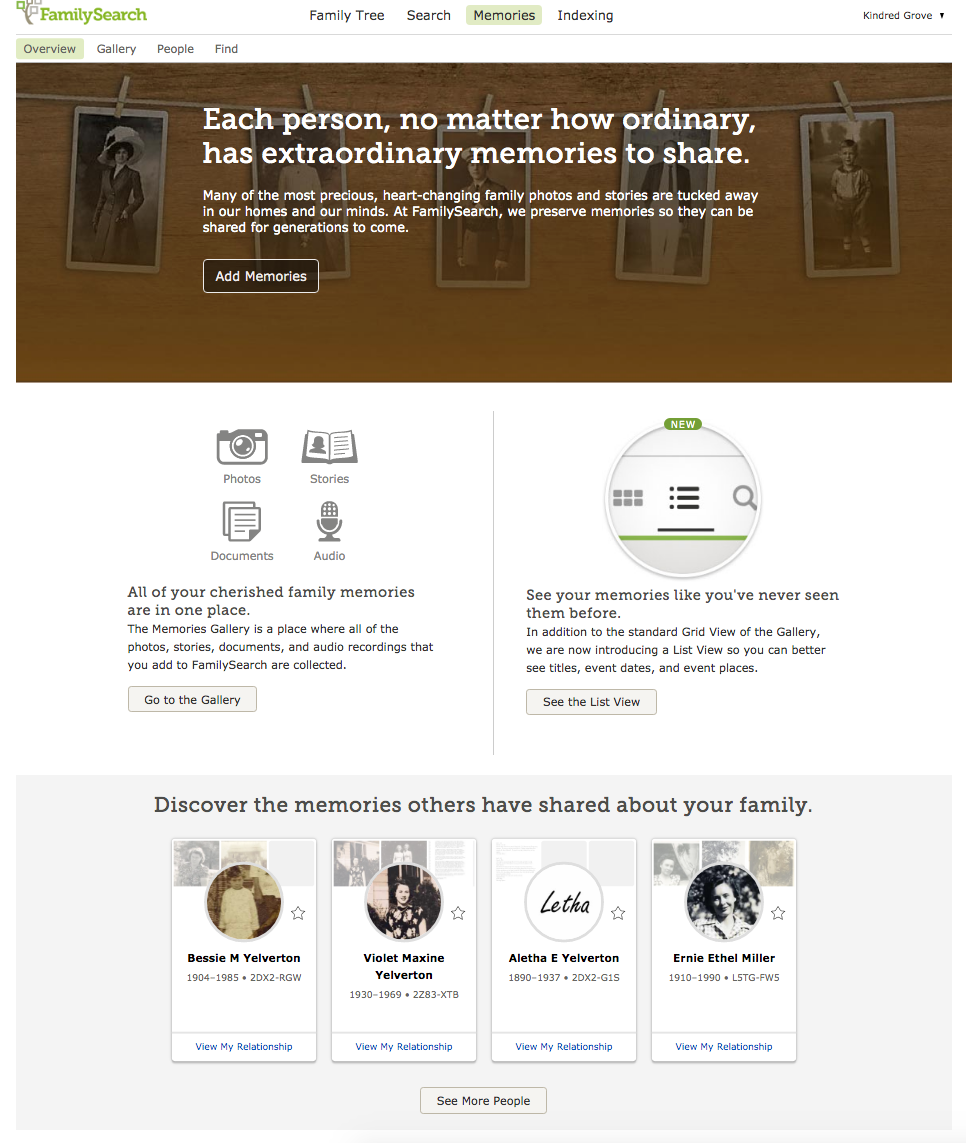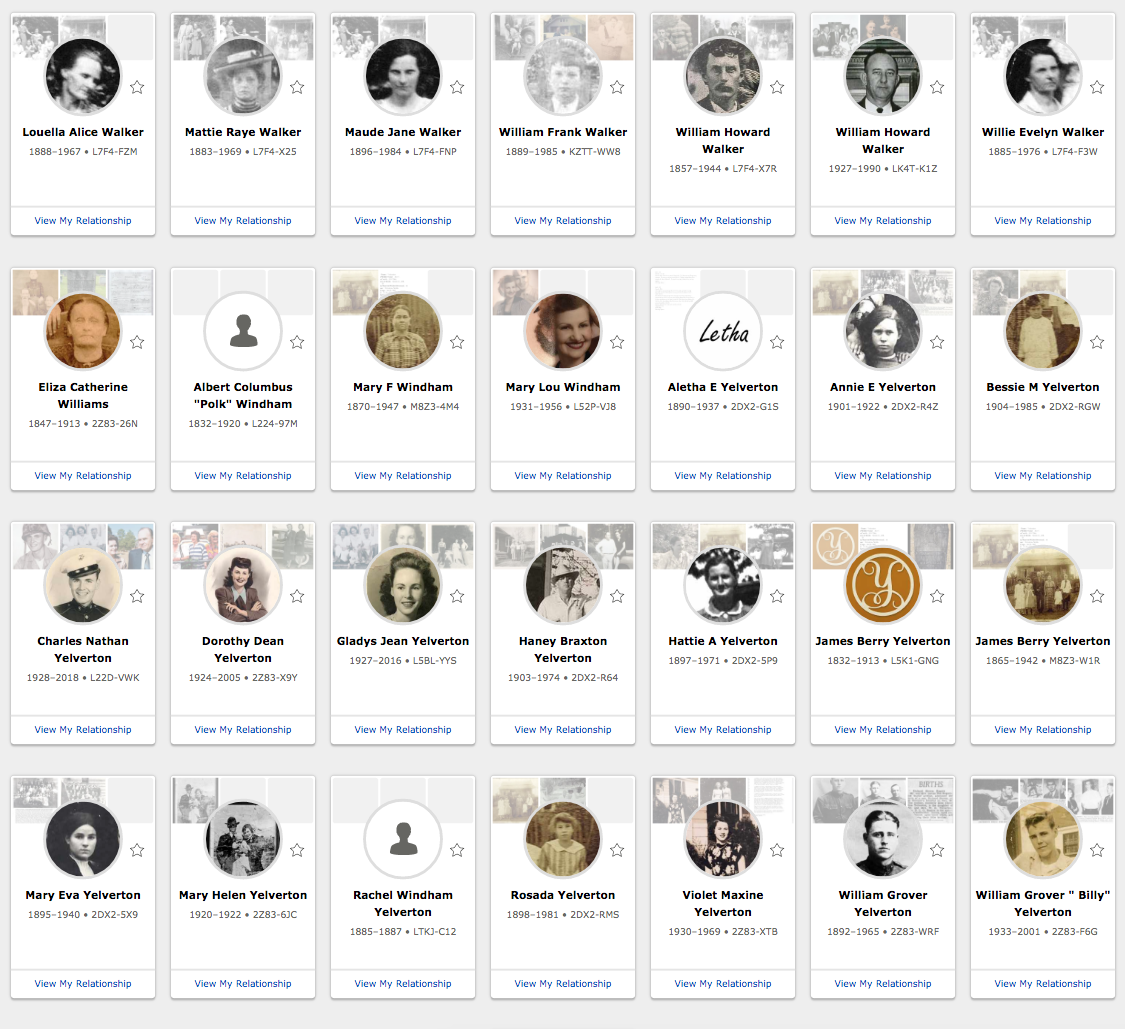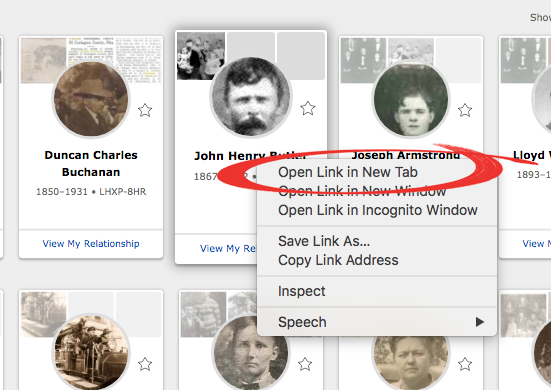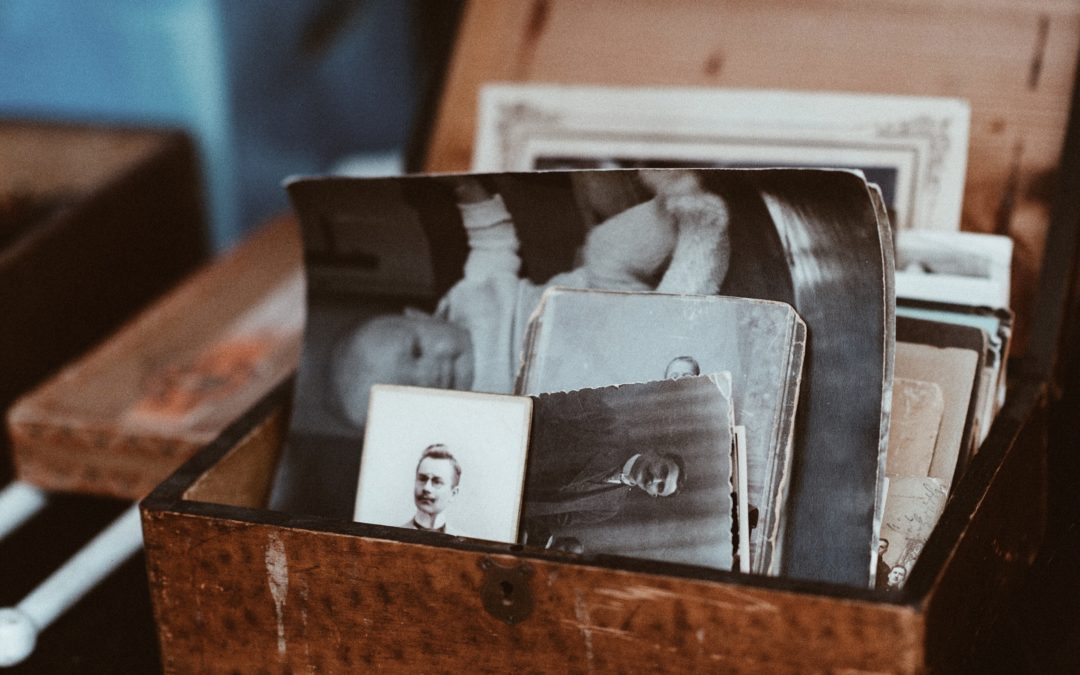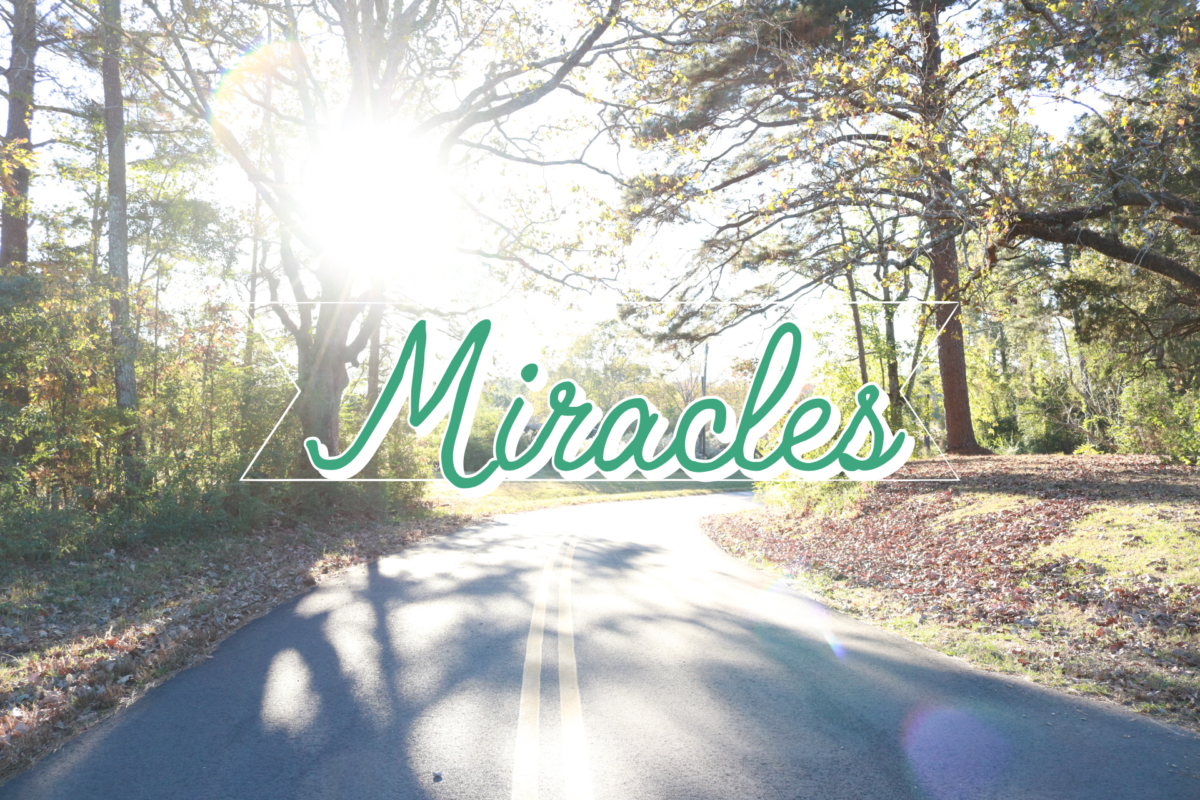
The Powerful Truth about Family History Miracles
Family History will bring miracles to your life and to the lives of those you love.
– Wendy Watson Nelson
This quote resonates with me in a big way because I have lived it. I have experienced family history miracles many times in the last few years.
It wasn’t why I started doing family history however, it is one of the reasons I continue. When I heard those words for the first time, tears filled my eyes because I knew without a doubt that not only were family history miracles real, but I had been fortunate enough, through a series of blessings, to experience them.
When you have something that brings you joy and gives new meaning to life, you want to share it with those around you. I’ve heard people question the authenticity of whether this is true. So, I feel it is my desire and duty to open up about some of the miracles and tender mercies I have experienced and let you know that you can also witness family history miracles in your life.

WHY FAMILY HISTORY MIRACLES MEAN SO MUCH TO ME
Faith has always been a driving force in my life. But I have also had many times when I have prayed and pleaded for blessings, which after waiting for what seemed too long, wondered if those blessings would ever come. I’ve questioned whether God heard my prayers… If I mattered. I’ve had many thinking errors (and still do) because life is hard! And it’s even harder when you ask for much-needed blessings for the right reasons, and those blessings seem slow to arrive. Experiencing family history miracles has helped me so much to push those negative thoughts away. They have helped me realize that God is aware of me and that my life is meaningful. Instead of guessing myself, I find that I feel more purpose and direction. That is why I want to share my story- in hopes that it will give you that hope as well.
AN OPPORTUNITY
After about a year after I began researching my family history, I got the opportunity to go home to Mississippi. It had been more than ten years since I had been back. I had been busy (and often broke) from having and raising my babies in Utah. Needless to say, I was so excited about this trip because, for the first time, I realized it wasn’t only my home. It was the home to many of my ancestors, too- and I couldn’t wait to see what I could discover.
My dad invited me not only to stay at his house but to come and find all the old family pictures. However, he warned me that they were all over the house- tucked in drawers, closets, and even in the attic. He wasn’t sure what was there or the condition they were in, but they were mine for the taking. I was giddy with excitement and definitely up for the challenge. You see, when I started, I had precisely ZERO photos of my ancestors. I got a few copies from family members and found a handful online, but most of my tree was still bare and I couldn’t wait to dig in.
GOING HOME
I’ll never forget the day I got to Mississippi. I rode with my dad to his house as he drove down those pitch black, winding, pine-lined roads. After miles and miles of the country, we finally pulled up in the gravel driveway to my dad’s house. Somehow the driveway was shorter than it used to be, and the house was closer to the road (but not really).
Oh, how age can affect the size of your memories.
I got out of the truck and looked at the house. It was home to me, although I never lived there. However, it was the most permanent home in my youth. I moved every year of my life growing up. We didn’t have much after my parents divorced, and my mom went back to school. So, we’d live in one dumpy house until the lease ran out, and then we’d move on to the next dumpy house.
Oh, but this one was different. It was a dream- not because it was extravagant or fancy in any way, but because it held a million or two memories- some of which were my own.
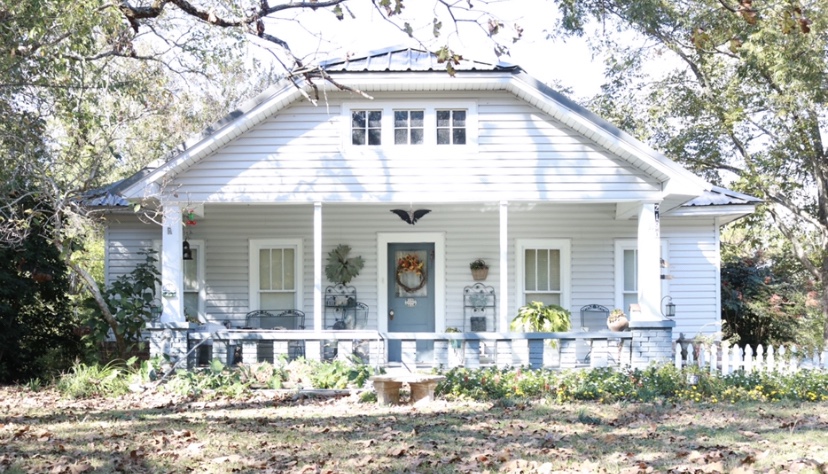
MEMORY LANE
I stood there looking at the home my great-grandpa built with his own two hands 100 years earlier. He and my great-grandmother raised their family in that house. It was where my grandmother grew up, where her dates picked her up and dropped her off, where she dreamed and planned her life in her young mind and heart. She learned to sew in that house and where her mother made the most amazing quilts and chocolate chess pies. There were acres of farmland where my great-grandpa grew the best-voted tomatoes in the whole state of Mississippi and every other vegetable too.
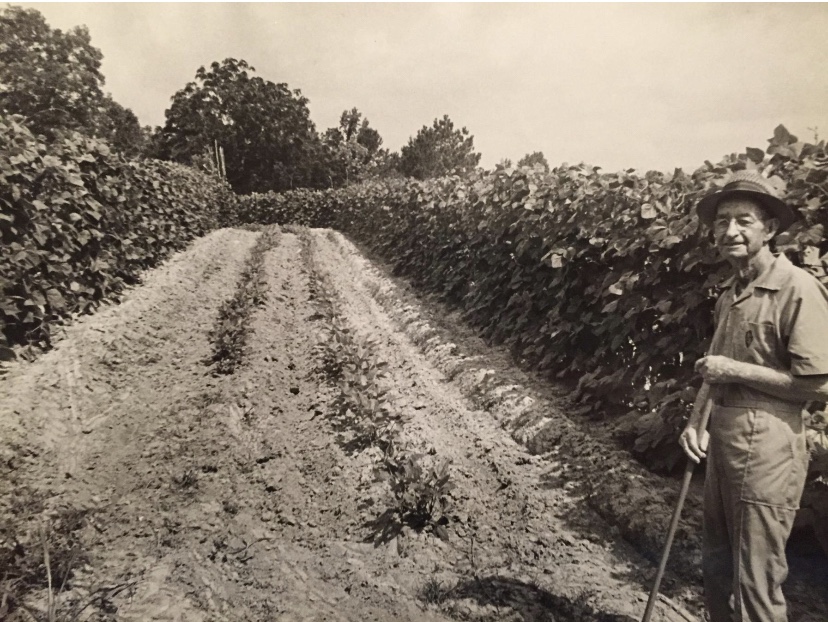
My grandmother learned to fish at the pond behind the house. Eventually, my dad followed suit. Years later, I did too. I was so proud of the fact that somehow I ALWAYS caught the first fish. 🙂
Looking at the porch, I remembered when my great-grandpa taught me how to make newspaper sailboats to race down the driveway during one torrential downpour. He was the only grandpa I ever knew in this life, and the few memories I have of him and playing out in the country are precious to me.

NOSTALGIA
My dad unlocked the door, and I walked inside. I slowly and deliberately breathed in the nostalgia. It smelled exactly the way it always did- a scent I had forgotten until I experienced it again. I didn’t realize that I still had that memory, but it came back in full force. If only I could have bottled up some to take home with me. I walked through the house, savoring every detail and memory.
Later that night, I started looking for photos- checking every nook and cranny. I took my loot to the dining table and began sorting. It was so much fun going through all the memories from across the years. I compiled a small stack of old photos- which I only hoped would grow as I went through everything.
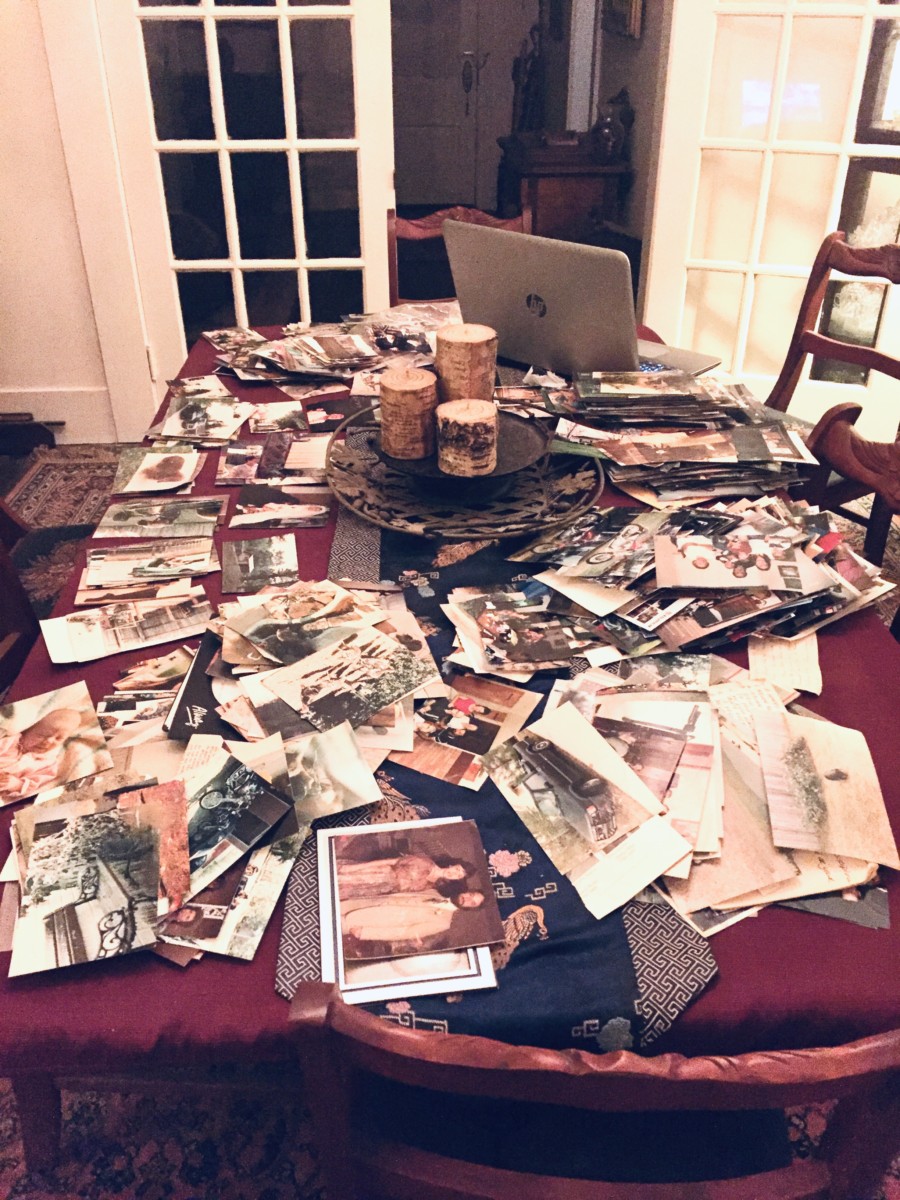
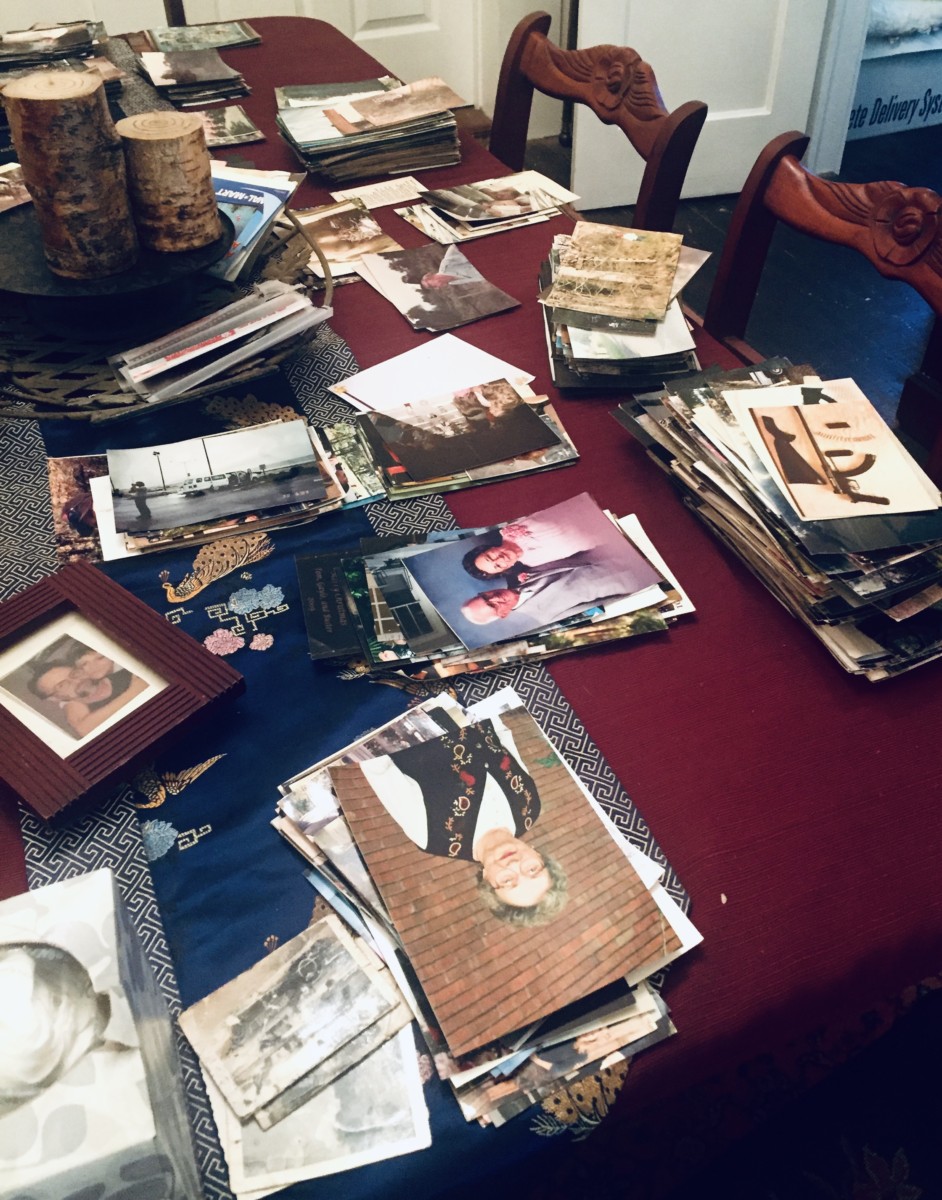
A couple of days later, my dad and husband helped me tackle the attic. We grabbed all of the boxes that possibly had photos in them and took them down. It was a big job, but I didn’t want to waste a single minute of this opportunity. Without any idea of what else was in store, I planned to accomplish many things during my trip. My husband and I explored cemeteries, local genealogy libraries, etc. during my days there, and spent my evenings going through the boxes.

THE MESSAGE
Two days before I left, I was doing my best to be productive with my limited time there and still had so much to do. I picked up one big box and began looking through it. It appeared to be just old bank statements and bills, but since most of the photos I found had been in boxes that were a mix of pictures and old papers, I wanted to check and make sure. However, I decided not to take everything out of the box as I had done with others for time’s sake. There were stacks and stacks of envelopes, but all I saw underneath were more papers.
Only wanting the good stuff , I had no desire or time to organize garbage, so I decided that this box was not worth my time. I carried it to the dining room corner and set it on the stack of the other boxes that needed tossing.
As soon as my hands lifted from that box, I felt a sudden and intense panic feeling. It was as if someone screamed at me, “Nooooooo!” I stood there stunned, trying to process my sudden anxiousness. Taking a deep breath, I tried to abate the tightness in my chest but it wouldn’t release. Finally, I sighed and gave an audible, “OK!!!”
I got the message.
FRUSTRATION
The dreadful box went back to the table and I began taking out every envelope and paper stuffed in there. It wasn’t a small feat because it was packed full. But this time, I carefully inspected each piece to make sure I didn’t overlook something.
About 20 minutes later, I was about 75% through the box. There had been NOTHING of worth so far, and I began to feel frustrated and angry with myself for being paranoid. I had wasted almost a half an hour of precious time. Kicking myself, I figured I had made it this far- I might as well finish the box. I was even more frustrated and shook my head when I finally got to the last paper in the box, which didn’t look any more promising than the hundreds of other worthless documents before it. Reaching in, I lifted it out of the box, feeling flustered.
And that’s when I saw it underneath the very last envelope.
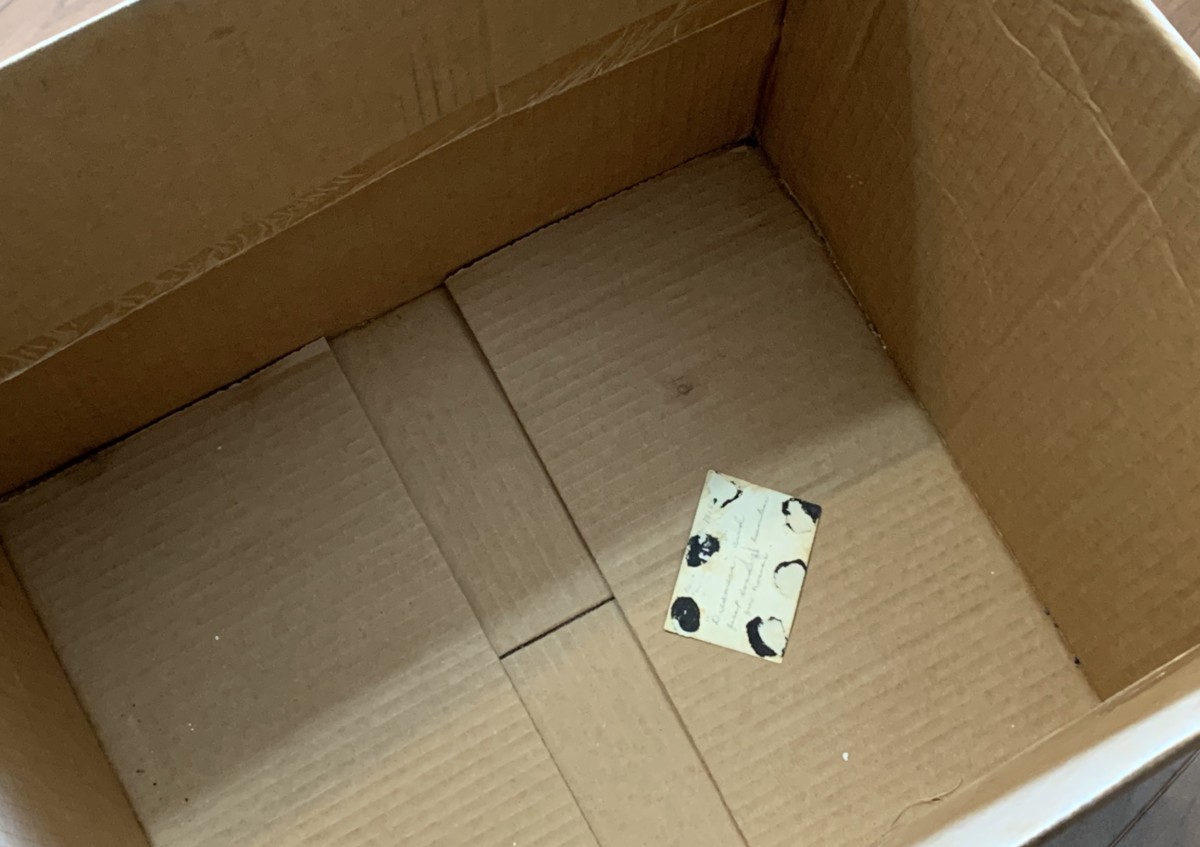
At first glance, it looked like a 2X3 note with handwriting on it. But wait.
Was it a photo??? I reached inside and lifted the frail little piece of paper.
The inscription said, “Dreamers and first load of lumber for the house” with the date 1918 in the corner.
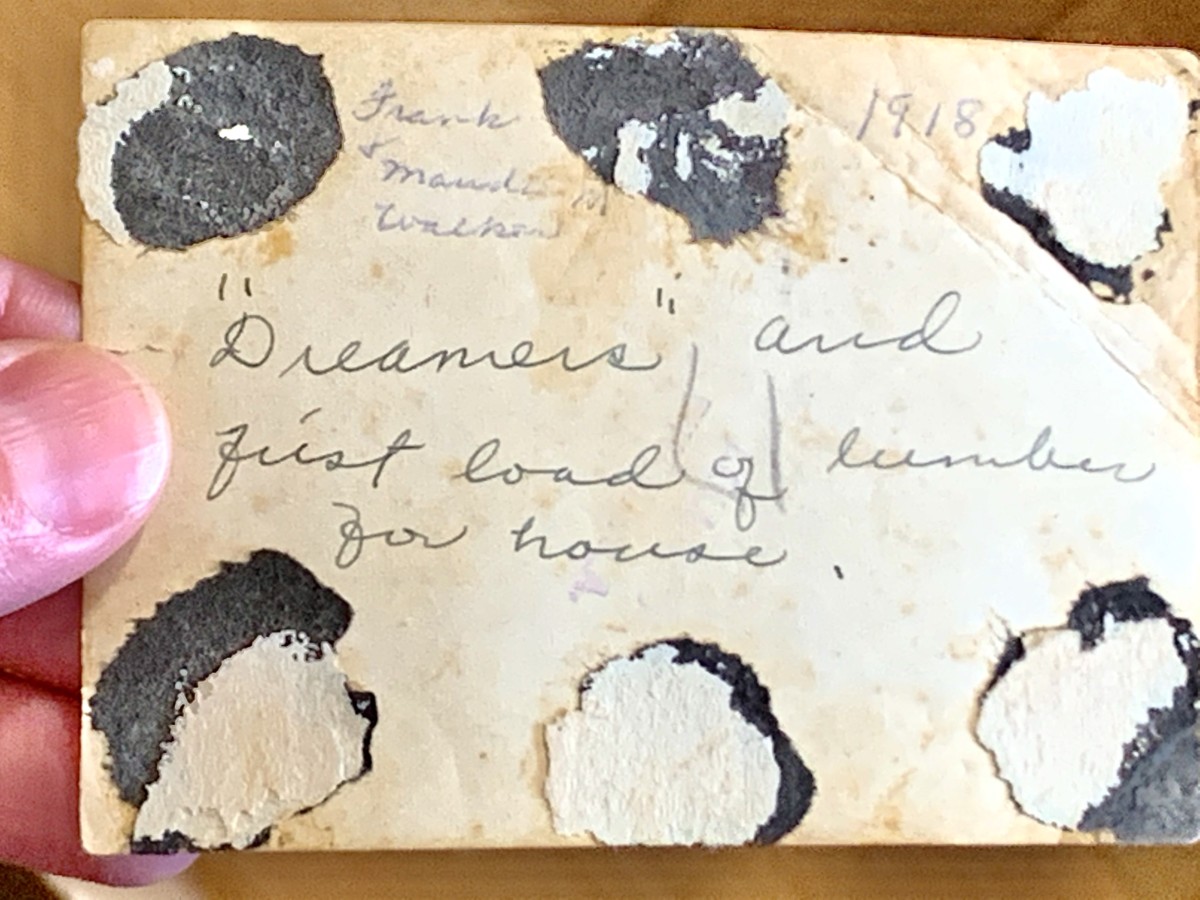
DREAMERS
My heart started pounding. I turned it over slowly, afraid of my own excitement. But when I did, I discovered that it was a photo. I couldn’t believe what I was saw- a cute young couple set in sepia, resting on a pile of lumber. The young man’s head was turned slightly and he had a far off look on his face. It was as if he was dreaming of the future he wanted to build for his young family. The girl cradled her belly. You see, a house wasn’t her only dream. She had a far greater dream just beneath her heart- a baby girl.
They were my great-grandparents. The expectant baby was my grandmother- showing up in her first photo ever. And the lumber became the very walls that surrounded me at that very moment- my family’s homestead.
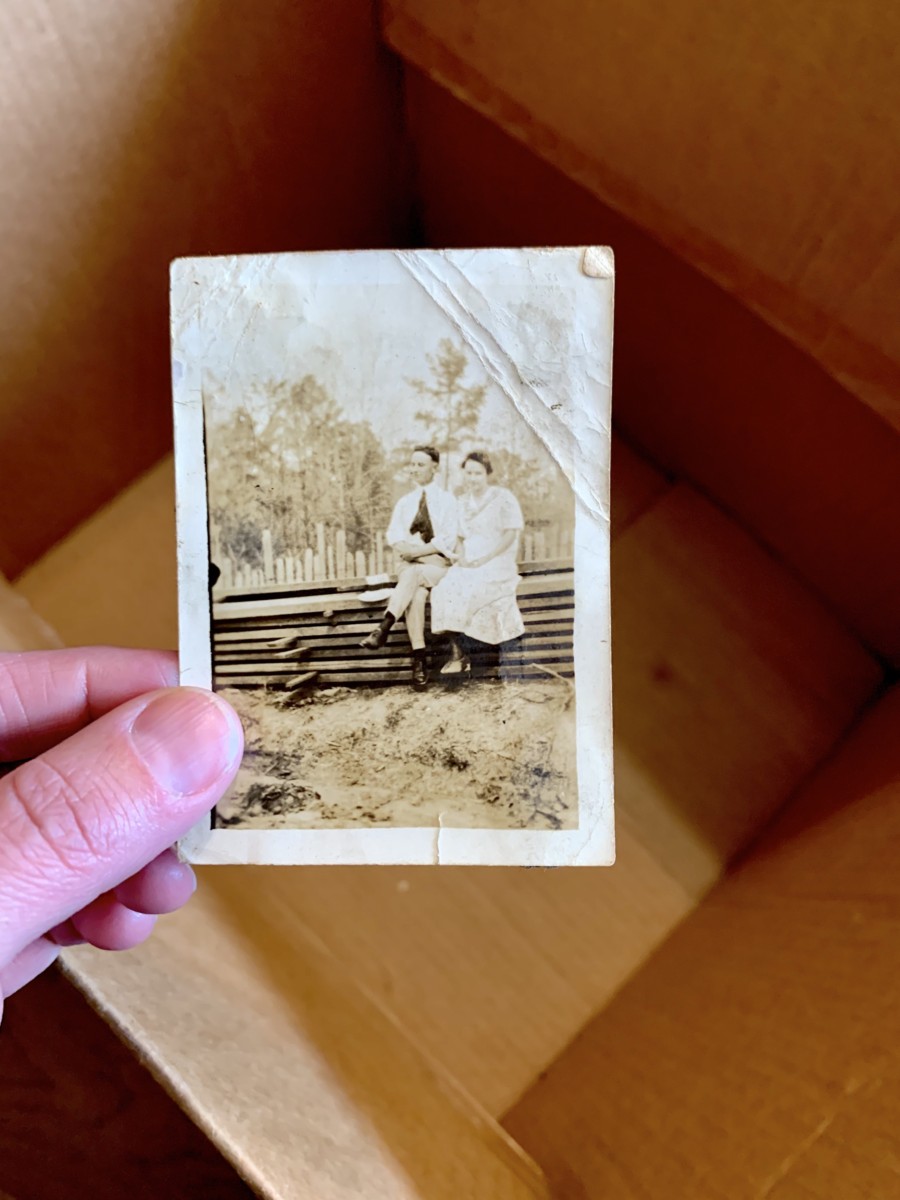
LOST AND FOUND
Reeling, I took a picture with my phone, including the inscription on the back and texted it to my aunt. She’s the one I turn to when I have questions about my grandparents and the rest of the family. I asked if she had a copy of it. I expected her to say yes since she had inherited most of her mother’s memorabilia.
Her answer brought tears to my eyes when she said, “I have never seen that photo in my life. What an incredible piece of history you have found!” She didn’t know that I almost didn’t. How easily that photo, a capture of that formidable moment in my family’s history, was almost lost forever.
I got angry over the warning not to walk away from the box because I didn’t understand or trust it. Thankfully, someone insisted and helped me see it through anyway. I genuinely believe that someone was there to help me with that significant family discovery. That photo is the one I treasure most from my trip. My experience may not seem to be a miracle to others, but it is to me.
You see, I’ve learned a few other lessons from that experience. That picture was lost and buried- mixed up with material that was not of its worth. It sat there, forgotten, and forsaken.
Or was it?
ALL ALONG
You see, God never forgot about that picture. He knew where it was the whole time. He devised a plan, putting everything in motion, to help me recover it.
Some might scoff at this and think, “Why would God care about one little photo? It’s such an inconsequential thing.” But that’s what I believe is the message behind the miracle.
Because he did know, he did care.
And if he cared enough about one family photo, how much must he care about you and me? About our lives? Our destinies?
So yes, there will be times when we feel lost, buried, trashed, unappreciated, forgotten, forsaken, and even unknown. And while those feelings are genuine and powerful, that doesn’t make them accurate. He knows what we need and how to get there. He won’t forsake us.
I have learned some very tender lessons through discovering my ancestors- including understand myself and my purpose better. I have found much-needed strength at times that I know hasn’t been my own. Their stories have become part of my story. It’s one of the most precious experiences I’ve had in life.
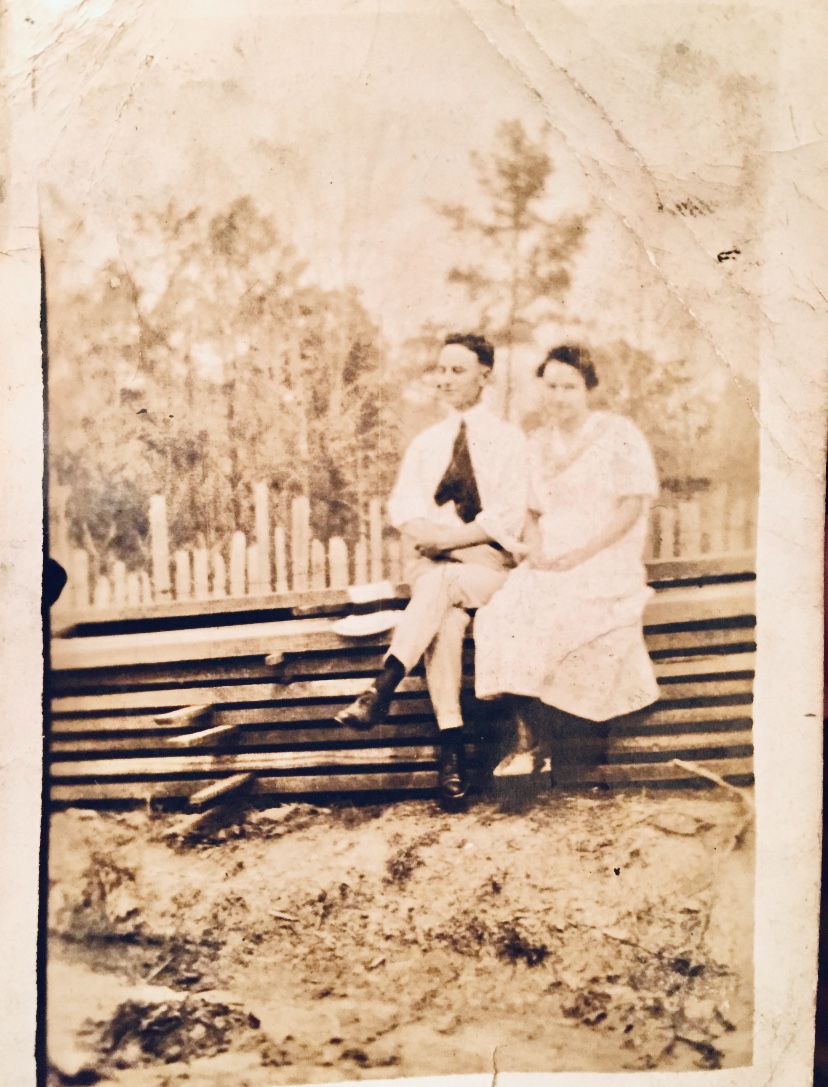
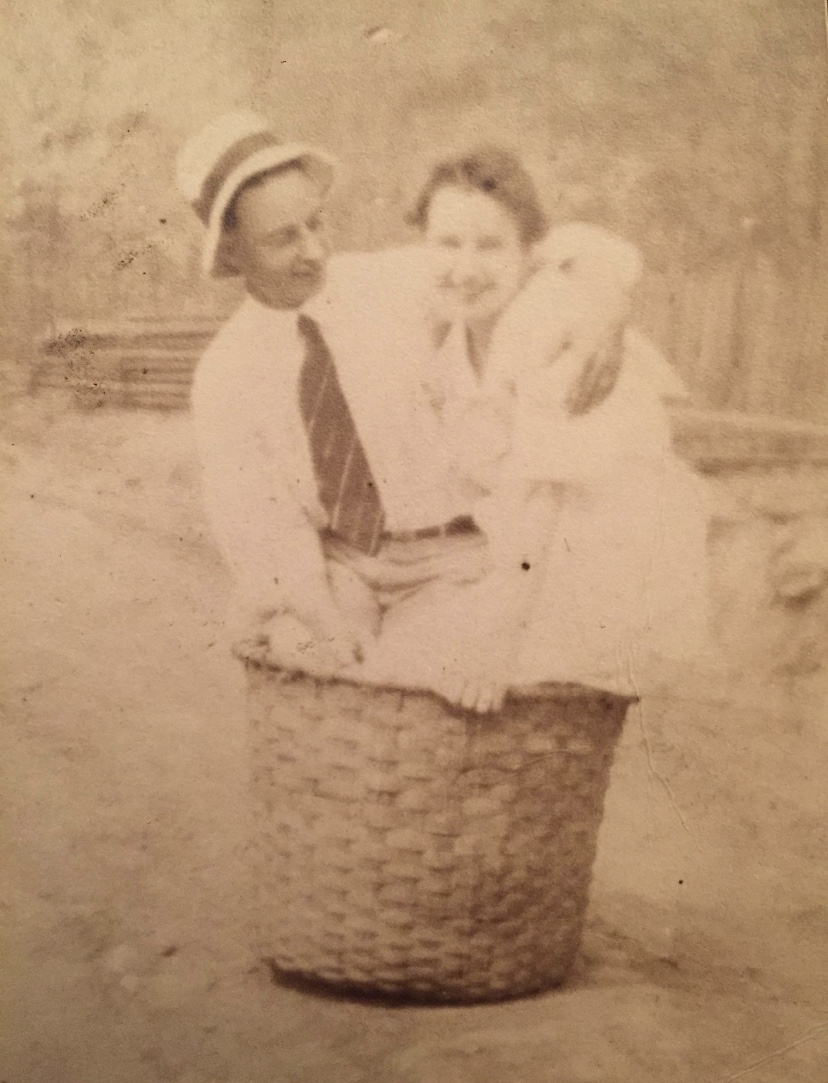
SEEING THE MIRACLES
After discovering this photo, my aunt sent me a copy of this other one on the right that she did have. Finding the one in the box, however, told the story of the second one- as you can see the lumber in the background of that one. What a blessing it is to know the story behind this sweet day for my great-grandparents.
I believe that family history is a scope for seeing miracles in our lives and aligning our spirits with heaven and angels. Every time that I experience tender mercies like this, it reminds me that our Heavenly Father is in control. Even if I can’t see all the ways He is working in my behalf when I am going through a challenge, I can still trust that He is. I just have to push through and keep going. I’ll see the silver lining eventually.
I don’t believe I am more entitled to extraordinary experiences than anyone else. If it can happen to me, and it has many times, it can happen for you. It won’t necessarily happen immediately, but the miracles will come.
Most likely, these experiences won’t give you perfect faith or all the answers to life’s difficult trials, but they will help to strengthen your hope and help you to know you are not alone.
GRATITUDE & FAMILY HISTORY MIRACLES
That trip to my great-grandparent’s home will probably be the last one ever. My dad sold the house last year so he could move closer to family in his aging years. That was definitely for the best, but the day the home sold, my heart broke. Thankfully, I will always have those precious memories from my childhood- of the family gathered together, riding the 4-wheeler through the woods, walking under the majestic trees, the pecans, the pond, and fish catching locusts and frogs. I will miss how my dad would call me every spring and tell me that my magnolia tree was blooming. Those sacred memories are a part of me forever.
I am so grateful that I got that last chance three years ago to be there- to walk that sacred ground, touch those walls again, play a role in preserving my family’s history there, and learn that angels and miracles do exist.
So yes, I believe in family history miracles. And the joy follows is pretty incredible.
FAMILY HISTORY MIRACLES ARE IN STORE FOR YOU TOO
If you want to witness this for yourself, then work on your family history. Just start. Make those connections to your family, heaven, and the life you are meant to have. And guess what? Your experiences will be more miraculous because they will be personal, applicable, and uniquely catered to you and your needs. Isn’t that amazing? This truth will weave itself into your heart far better than anything I could ever say by your own experiences. In short, they will be your family history miracles. I only hope that my words give you the curiosity to seek them out for yourself.
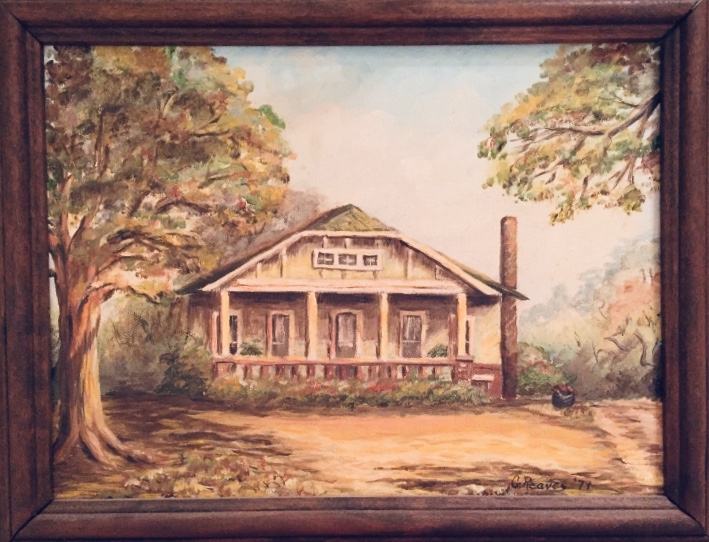
Painting of the house by my aunt, Gayle Reaves.

